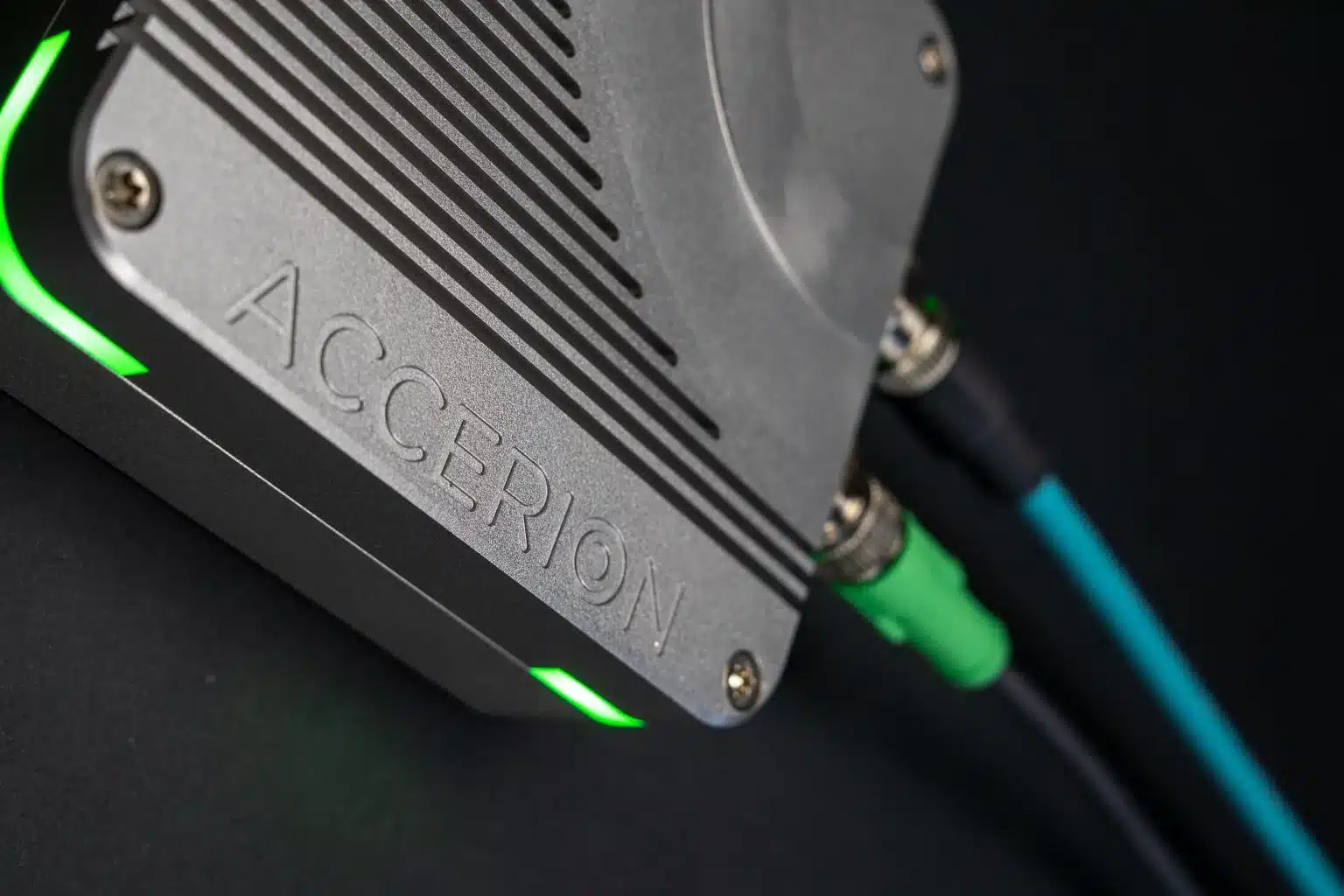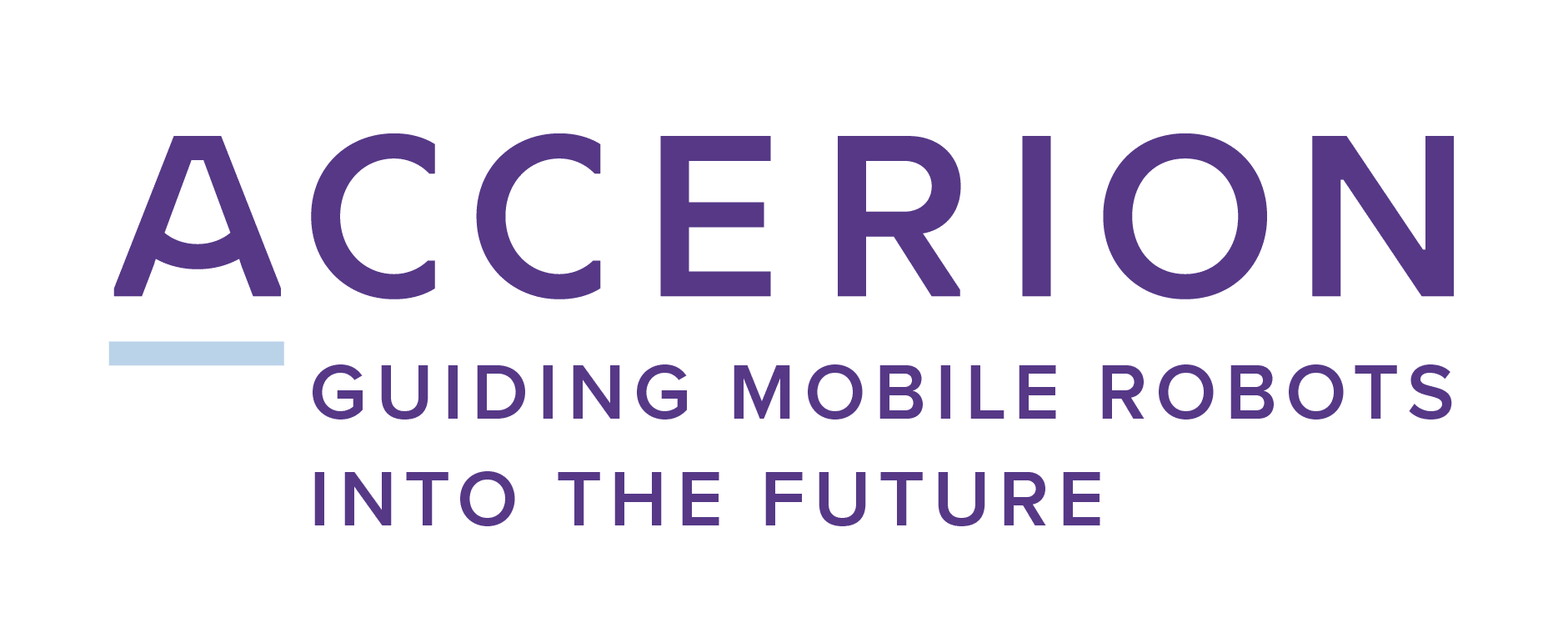Skip to content
Skip to footer

Accerion
Accerion provides infrastructure-free, ultra-precise localization technology that enables fast, flexible, and reliable robot navigation.

About
About Accerion
Accerion provides a positioning module as a single system for integration in new and existing equipment. This module enables manufacturers of robots and automatic vehicles to create new flexible and cost-effective logistics solutions. These solutions will drive automation and efficiency in warehousing, manufacturing and many other industries.
Solution
How we solved Accerion's problems
Problems and Struggles
Mobile robots struggle with inflexible, infrastructure-dependent navigation systems that are costly and error-prone.
Our Venture's solution
Accerion provides infrastructure-free, ultra-precise localization technology that enables fast, flexible, and reliable robot navigation.
